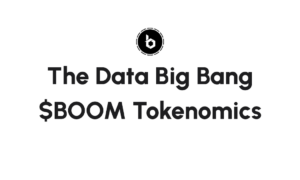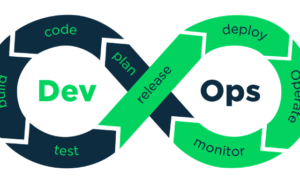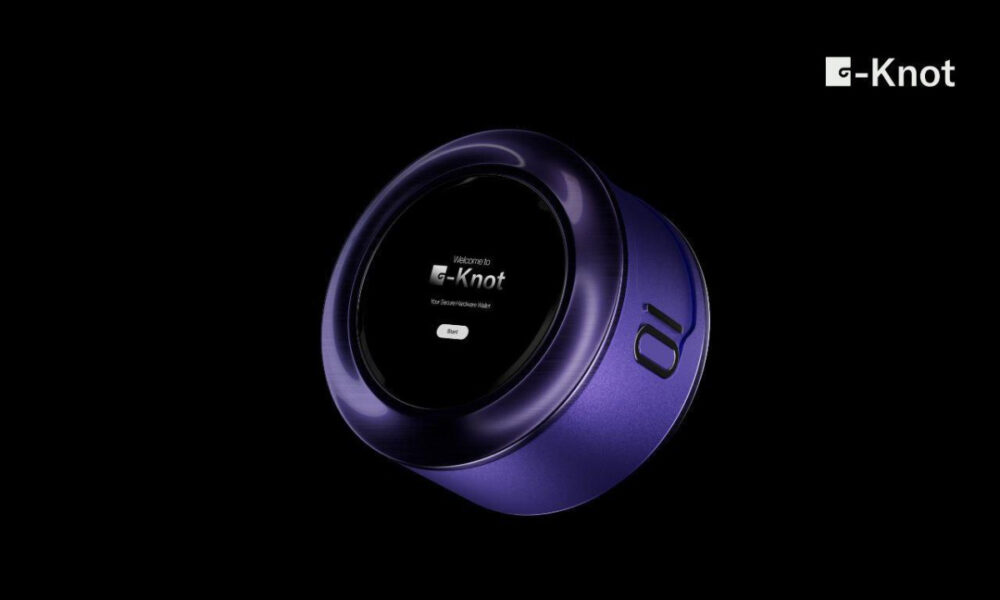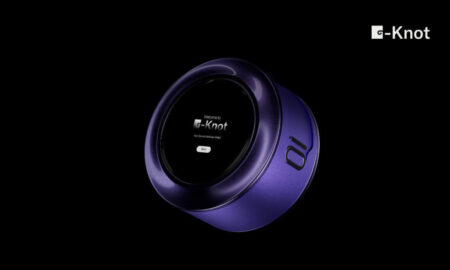In today’s fast-evolving digital landscape, YouTube has emerged as a powerhouse platform for video content and influencer marketing. With billions of users and millions of creators, businesses are increasingly turning to YouTube influencer marketing to promote their products and services. This article will guide advertisers and brands on how to effectively leverage YouTube influencer marketing to drive brand growth, focusing on strategies, tips, and best practices to maximize impact.
Why YouTube Influencer Marketing?
YouTube’s expansive user base presents a golden opportunity for advertisers. From beauty and lifestyle to tech and gaming, influencers in every niche create highly engaging content that resonates with specific audiences. By partnering with these influencers, brands can authentically connect with target customers and boost their brand visibility. However, standing out in a crowded space requires more than just great content — it demands strategic audience growth. Utilizing methods like buy YouTube subscribers can help creators build credibility, increase engagement, and accelerate channel growth, making it easier to attract organic viewership and brand collaborations.
YouTube influencer marketing is particularly effective because:
- Authenticity: Influencers have built trust with their followers, which translates into more credible endorsements for brands.
- Engagement: Video content is more engaging and dynamic than static ads, resulting in better audience retention.
- Targeted Reach: Influencers cater to specific audiences, allowing brands to reach niche markets effectively.
Step 1: Define Your Goals and Audience
Before launching a YouTube influencer marketing campaign, it’s crucial to establish clear goals and define your target audience. Consider what you hope to achieve with the campaign:
- Brand Awareness: Are you trying to introduce your brand to new audiences?
- Product Promotion: Are you launching a new product and want influencers to showcase its features?
- Lead Generation: Are you driving users to sign up, download, or purchase through influencer referrals?
Once your objectives are defined, you can align them with the right influencers whose audiences match your target demographic. Factors to consider include:
- Age, gender, and interests of the influencer’s followers
- Geographic location of the audience (especially important for brands targeting U.S. customers)
- Engagement metrics such as likes, shares, and comments, which indicate active audience participation
Step 2: Find the Right YouTube Influencers
Selecting the right influencers is a critical component of a successful campaign. Not all influencers are created equal, and partnering with the wrong one can lead to a disconnect with your audience or a failure to achieve your goals.
Types of YouTube Influencers:
- Mega-Influencers (1M+ followers): These influencers have massive reach but often come with high fees. They’re ideal for national or global campaigns but may not offer the authenticity that smaller influencers bring.
- Macro-Influencers (100K–1M followers): With a sizable yet more manageable audience, macro-influencers provide a good balance between reach and engagement.
- Micro-Influencers (10K–100K followers): Micro-influencers are highly trusted by their followers. They typically have more niche audiences and higher engagement rates, making them ideal for brands seeking targeted exposure.
- Nano-Influencers (1K–10K followers): While their reach is limited, nano-influencers often have the closest relationships with their audience and are perceived as highly authentic.
How to Vet Influencers:
- Review Past Content: Ensure their content aligns with your brand values. Check for professionalism and quality.
- Engagement Rate: Rather than focusing solely on subscriber count, look at engagement rates to gauge how active their audience is.
- Audience Demographics: Use tools like SocialBlade or directly ask influencers for analytics to confirm their audience matches your target market.
- Reputation Check: Research their online presence to ensure they have a positive reputation, free from controversies that could harm your brand image.
Step 3: Build Strong Relationships with Influencers
The relationship between your brand and the influencer is more than just transactional; it’s a partnership. For the best results, build long-term relationships with influencers rather than one-off collaborations.
Best Practices for Collaborating with Influencers:
- Be Transparent: Clearly communicate your brand’s goals and what you hope to achieve from the campaign.
- Creative Freedom: Give influencers room to use their creativity. They know their audience best, and allowing them creative control can lead to more authentic and engaging content.
- Fair Compensation: Ensure influencers are compensated fairly, whether through payment, free products, or commission. Influencers who feel valued are more likely to produce high-quality content.
- Maintain Open Communication: Keep an open line of communication throughout the campaign, and be ready to offer feedback and guidance when necessary.
Step 4: Design a Compelling Campaign
Once you’ve selected your influencers, it’s time to create the campaign. A successful YouTube influencer marketing campaign will have a well-defined strategy that includes:
- Clear Messaging: What key message do you want to convey through the influencer? Ensure that your message is simple, clear, and aligns with your brand’s tone.
- Content Type: Decide what type of content works best for your campaign. Options include:
- Product Reviews: Influencers can provide in-depth reviews or unboxings of your products.
- How-To Videos: Step-by-step guides are popular for products that need more explanation, especially in the tech or beauty industries.
- Sponsored Mentions: Influencers can briefly mention your product or service within a video on a related topic.
- Giveaways or Contests: Run a giveaway in partnership with the influencer to encourage engagement and increase brand visibility.
- Call to Action (CTA): Include a clear CTA, such as subscribing to a newsletter, visiting your website, or purchasing a product using a promo code.
Step 5: Measure Campaign Performance
Measuring the performance of your campaign is crucial for understanding its effectiveness and optimizing future efforts. The key performance indicators (KPIs) to track include:
- Views and Reach: How many people watched the influencer’s content? Ensure these align with your campaign goals.
- Engagement Metrics: Track likes, shares, comments, and overall interaction with the video.
- Conversion Rate: If you provided a unique promo code or tracking link, measure how many people converted from the influencer’s video.
- Audience Sentiment: Review comments and reactions to gauge audience sentiment towards your brand and campaign.
- ROI: Evaluate the return on investment (ROI) by comparing the costs of working with the influencer to the campaign’s revenue or lead generation.
Step 6: Avoid Common Pitfalls in YouTube Influencer Marketing
While YouTube influencer marketing can be highly effective, there are some common pitfalls to avoid:
- Not Vetting Influencers Properly: Failing to do your due diligence can result in partnerships with influencers who don’t resonate with your brand or target audience.
- Overly Scripted Content: If you restrict influencers’ creativity, the content may come off as inauthentic. Allow influencers to produce content in their unique style.
- Lack of Tracking: Without proper tracking, you won’t be able to measure the success of your campaign. Make sure you implement tracking links and promo codes to monitor conversions.
Benefits of YouTube Influencer Marketing
Brands that utilize YouTube influencer marketing can enjoy a range of benefits, including:
- Increased Brand Awareness: YouTube influencers expose your brand to new audiences, helping you reach consumers you might not access through traditional advertising methods.
- Boosted Credibility: Influencers build trust with their followers, and when they endorse your brand, that trust is transferred to your products or services.
- Higher Engagement: YouTube’s video format is more engaging than many other forms of content, leading to better retention and interaction from viewers.
- Enhanced ROI: With well-targeted influencer partnerships, businesses often see higher ROI due to the influencer’s ability to drive direct conversions.
Conclusion
YouTube influencer marketing is a powerful tool for brands seeking to grow their presence and engage with targeted audiences. By choosing the right influencers, setting clear goals, creating compelling campaigns, and tracking performance, businesses can tap into the authenticity and influence of YouTube creators to boost brand awareness, drive conversions, and ultimately grow their brand. Whether you’re a small business or a larger company, incorporating YouTube influencer marketing into your strategy can yield significant results for long-term success.



































